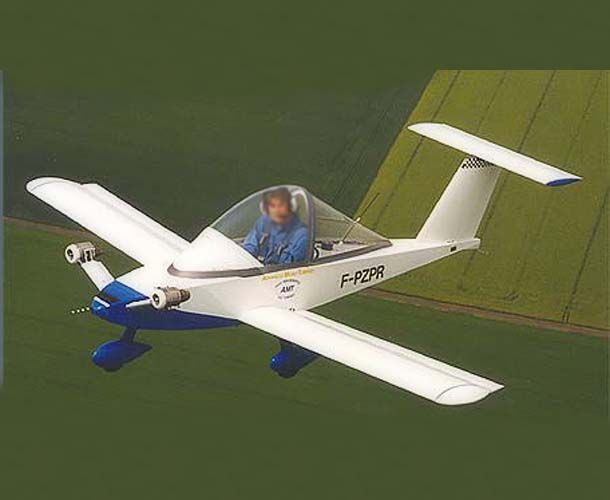fholbert
Mod's - Please don't edit my posts!
| Date: | 13-JUN-2022 |
| Time: | c. 07:25 |
| Type: |

Tecnam P2006T |
| Owner/operator: | Marsh Equipment LLC |
| Registration: | N973GV |
| MSN: | 253/US |
| Fatalities: | Fatalities: 0 / Occupants: 2 |
| Other fatalities: | 0 |
| Aircraft damage: | Minor |
| Location: | Lakewood, Jefferson County, CO - 
|
| Phase: | En route |
| Nature: | Training |
| Departure airport: | Broomfield-Rocky Mountain Metropolitan Airport, CO (BJC/KBJC) |
| Destination airport: | Broomfield-Rocky Mountain Metropolitan Airport, CO (BJC/KBJC) |
| Confidence Rating: | 
|
After squawking 7700 for an in-flight emergency, a Tecnam P2006T force landed at the Fox Hollow Golf Course, Lakewood, Jefferson County, Colorado, collapsing the nose landing gear.
No reported injuries.



